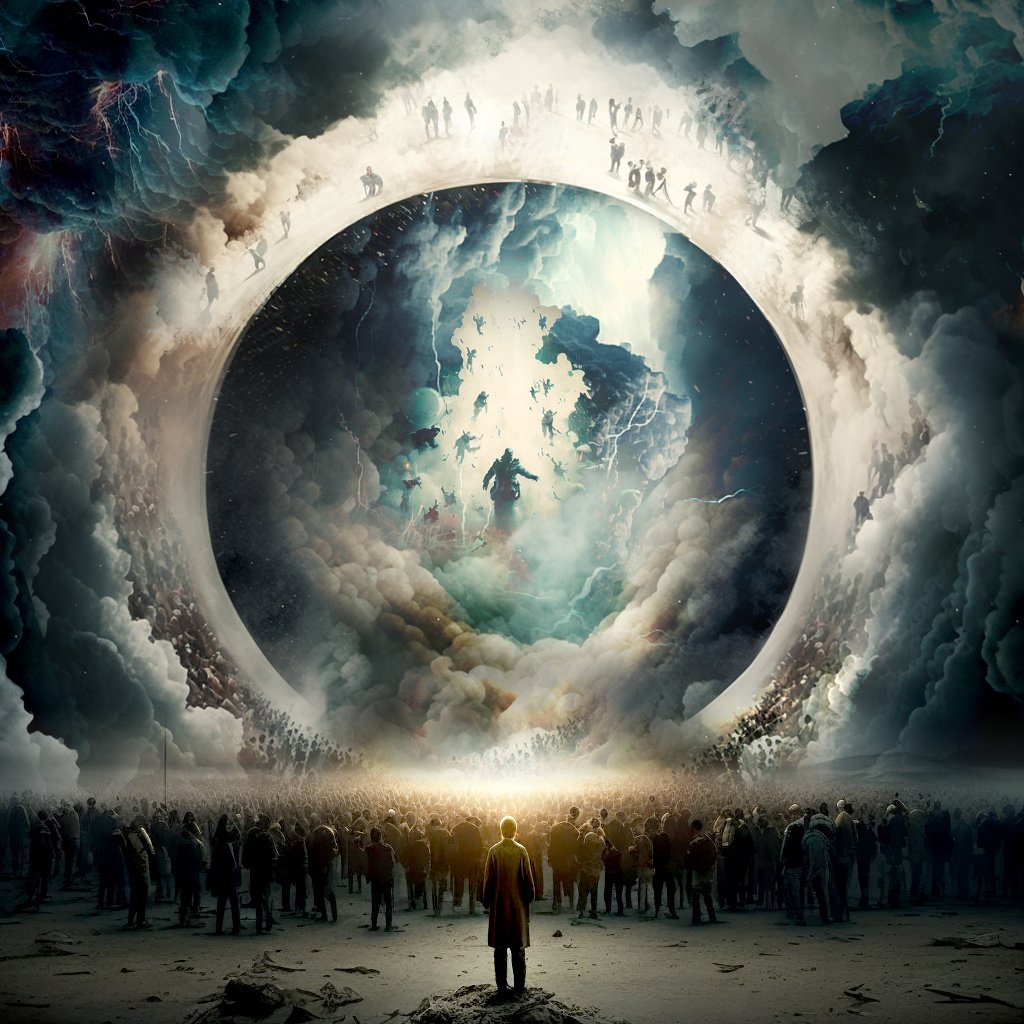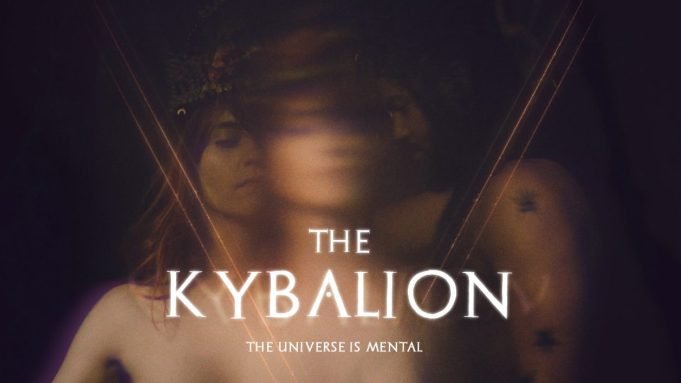"These guided experiences are very close to meditations and thought experiments that include present moment awareness, active imagination, and attention with the breath. The hope is that it will catalyze a process in the nervous system that you can take for the rest of your life."
What is your offering?
I'm a specialist in hypnosis and regression therapy. I've maintained my private practice for about 12 years now in New York City seeing people in person and virtually.
How did you get into this work?
Hypnosis and regression therapy happen to be my family business. I'm a second-generation regression therapist - there's only a handful of us in the world. It's kind of a weird profession to follow in the footsteps of and a unique profession in general.
How is this your family business?
My dad Jeffrey Ryan was the president of the Association for Past Life Research and Therapies when I was a teenager. He was this really interesting character offering this kind of postmodern spiritual therapy in the suburbs of New Jersey in the late 20th century. This happened to coincide with a crazy time in my family life. I started attending past life regression workshops and it was actually the first mental health tool that helped me when I was going through all that stuff. That was my first introduction nearly 30 years ago, and I have stayed with it.
Daniel and his father in Turkey during a training in 2008.
What is hypnosis?
Hypnosis itself and regression therapy very closely resemble guided meditation combined with very specific goals and a great deal of skill and technique. There are myths and stories about mind control and everything else, but hypnosis in a therapeutic context is something really wonderful. These guided experiences are very close to meditations and thought experiments that involve present-moment awareness, active imagination, and attention to the breath. We can think of it as a brain-training in the positive psychology of how we want to feel during performance.
What drew you to this practice?
It gives us the chance to engage in a safe, non-ordinary experience with a professional that allows us to step away from the everyday intellectualization of whatever self-talk is torturing us on repeat in our own minds. It's a very intimate and vulnerable moment that is an honor to be part of. You're hearing somebody's inner life in a really unique way and have the opportunity to hopefully give them something useful. The highest compliment you can offer a past life regression therapist is that it was useful.
What are your sessions like?
The first half of the session is there for conversation and the second half is the practical portion, and then there's a couple of minutes at the end for conversation and observations. Ultimately it’s customizable to what's most helpful to the person in the moment.
What can a client experience in a session?
Generally in my sessions, the guided relaxation is there to help us access liminal states between asleep and awake, which are uniquely connected to how we learn. Working with that relaxation can help us access neuroplasticity and the relationship to the brain, which is very powerful in how we can unlearn habits and patterns of behavior. The hope is that it will catalyze a process in the nervous system that they will then take with them for the rest of their lives. I always suggest an experimental mindset and embodying curiosity in the process, because it is an experiment.
Where do past lives come in?
They don't come into every session. The hypnosis that I'm doing is often just about people's present and near future and that's actually a pretty productive place to work. Our spiritual questions and challenges may or may not be memories of past lifetimes, but they are certainly narratives and metaphorical scenes, characters, and reflections of things that are going on in our lives right now in terms of relationships and patterns of behavior. There’s a Voltaire quote that I love very much where he says “It's not strange that we would live more than once. Everything in nature is resurrection.” I can't imagine it being expressed more perfectly.
Who is this for?
If it calls to you and you're interested, engage with it. The more specific the thing that we can focus on, the more specific the results can be. That said, I love it when people come in and they're just generally curious.
How can this practice make a difference in the world?
It's been a really weird couple of years and we’re all still cycling through stuff. A stabilizing or restabilizing after a great disorientation comes with a lot of frustration, tension, and a whole mixture of emotions. I believe in the idea that if you're not angry, you're not paying attention, but if we let anger drive our nervous systems that will have certain results. It's not for me to tell anybody what they should do with their nervous system, but if I can help people chill out and feel better, I feel good about that.
What books do you recommend?
The Principles and Practices of Narrative Medicine
My Voice Will Go With You by Milton Erickson
What advice do you find yourself sharing?
Take what's useful and leave the rest. We get so compelled to search for some mystery about a past lifetime that can take us away from focusing on what is really useful in these experiences. Two simple things and one confusing thing are way heavier than just two simple things. If something comes through in a past life regression that's confusing or incomplete, let it go. You can do whatever you want with it.



























